The C# Major chord, often written as C sharp major, is a fundamental chord for guitarists across genres. It’s a chord that might seem a little less common than open position chords at first, but understanding and mastering the C# chord opens up a world of musical possibilities. On guitarplayers.net, we’ll guide you through everything you need to know about C# Chords On Guitar, from basic theory to various shapes and practical applications.
Delving into C# Major Chord Theory
Before we jump into finger positions, let’s briefly explore the theory behind the C# Major chord. Understanding the notes and intervals that constitute this chord will deepen your musical knowledge and make learning shapes easier.
- Notes in a C# Major Chord: The C# Major chord is built from three notes: C#, E#, and G#.
- Scale Degrees: These notes correspond to the 1st (root), 3rd, and 5th degrees of the C# Major scale.
- Interval Structure: Like all Major chords, the C# Major chord is defined by specific intervals from its root note (C#): a Major 3rd, followed by a minor 3rd, and a Perfect 4th to return to the root in the next octave.
- Key of C# Major: The C# Major chord is the foundational chord (the I chord) in the key of C# Major. The complete set of chords in this key are: C#, D#m, E#, F#, G#, A#, and B# diminished.
Exploring 10 Different C# Chord Shapes
To truly master the C# chord, it’s beneficial to learn multiple voicings and shapes. Here are 10 different ways to play the C# Major chord on your guitar, giving you flexibility and options across the fretboard.
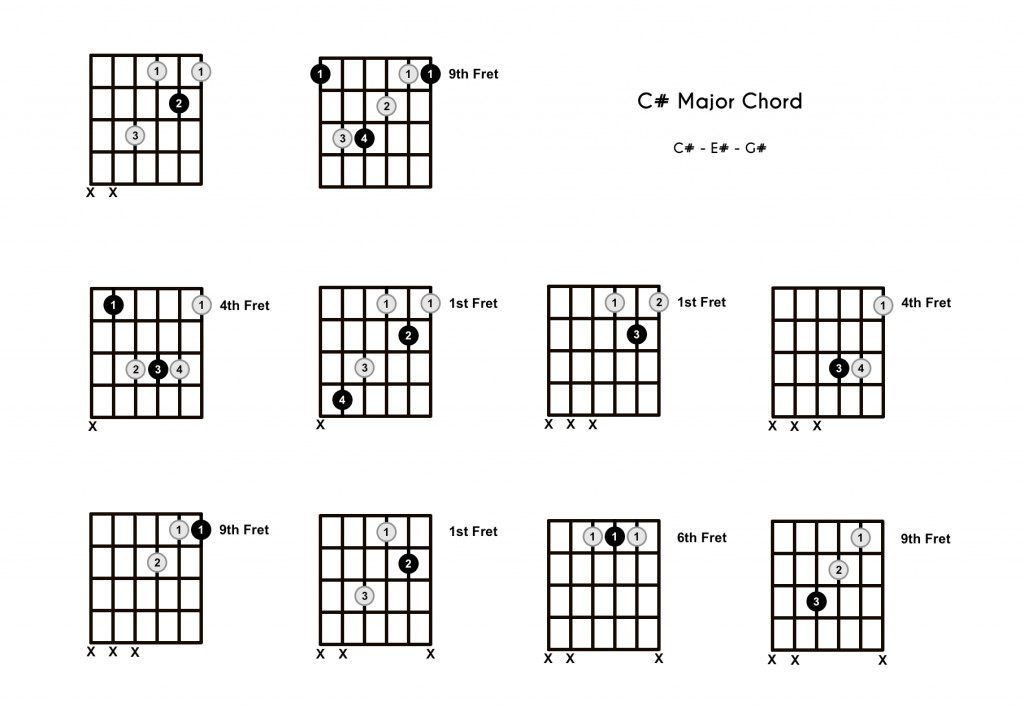 C# Major Chord – 10 Shapes
C# Major Chord – 10 Shapes
The Standard C# Chord Shape: Root on the 5th String
The most frequently used C# chord shape is a barre chord variation, rooted on the 5th string. It’s often referred to as the “root-5 barre chord” shape and is typically played starting at the 4th fret. While technically a barre chord, many guitarists play it without barring the entire 4th fret, only pressing down the root note with the index finger.
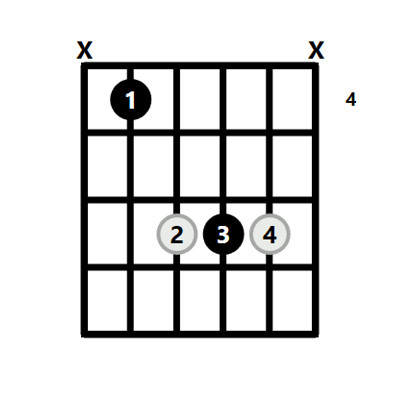 C Sharp Chord Guitar
C Sharp Chord Guitar
Step-by-Step Guide to Playing the Standard C# Chord Shape
Let’s break down how to play this essential C# chord shape:
- Index Finger: Place your index finger on the 4th fret of the 5th string. This finger may or may not barre other strings depending on your preference and the specific voicing you desire. Focus on cleanly pressing the 5th string at the 4th fret to produce the root note C#.
- Middle Finger: Position your middle finger on the 6th fret of the 4th string.
- Ring Finger: Place your ring finger on the 6th fret of the 3rd string.
- Pinky Finger: Place your pinky finger on the 6th fret of the 2nd string.
- Strumming: Avoid strumming the 6th string (low E). Strum down from the 5th string to the 1st string.
Practicing this step-by-step approach is particularly useful when you’re unsure if you’re fretting the chord correctly. By methodically placing each finger, you can ensure accuracy and develop muscle memory for the standard C# chord.
The Easy C# Chord Shape: A Simplified Approach
For beginners or when quick chord changes are needed, the easy C# chord shape is a fantastic alternative. This simplified version uses only the top three strings and is located at the first fret. Interestingly, this shape is identical to a movable D chord shape but shifted down one fret (remembering that C# and Db are enharmonic equivalents, meaning they are the same pitch but named differently).
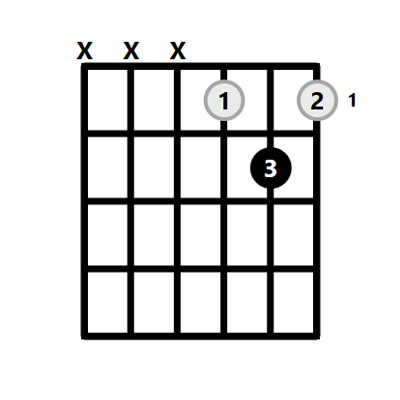 Easy C Sharp Chord Guitar
Easy C Sharp Chord Guitar
This “easy” C# is excellent for situations where full-sounding barre chords are not necessary or practical. It’s also a stepping stone to mastering barre chords, as it introduces the concept of movable shapes in a less demanding way.
Barre Chord Forms for C# Major
Barre chords are crucial for playing chords all over the guitar neck. The C# Major chord is readily playable as a barre chord in two primary forms:
- Root 6 Barre Chord Shape: Based on the E Major barre chord shape, played starting at the 9th fret.
- Root 5 Barre Chord Shape: The standard shape we discussed earlier, based on the A Major barre chord shape, played from the 4th fret.
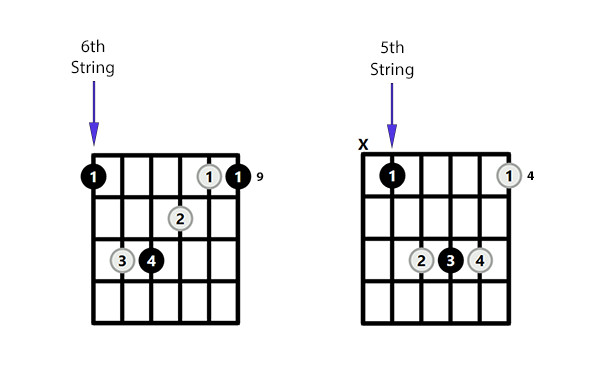 C Sharp Barre Chord Guitar
C Sharp Barre Chord Guitar
Learning these barre chord shapes allows you to play C# Major (and other major chords) in various positions, providing richer tonal options and smoother transitions between chords in different parts of the neck.
C# Major Triads: Inversions and Voicings
Beyond full chord shapes, understanding triads is essential for advanced guitar playing and improvisation. A triad is a three-note chord, and the C# Major triad is, of course, composed of C#, E#, and G#. Triads can be played in three inversions, changing which chord tone is the lowest note:
- Root Position: C# – E# – G#
- 1st Inversion: E# – G# – C# (The 3rd of the chord is the lowest note)
- 2nd Inversion: G# – C# – E# (The 5th of the chord is the lowest note)
Here are some examples of how to play C# Major triads in different positions and inversions on the guitar neck.
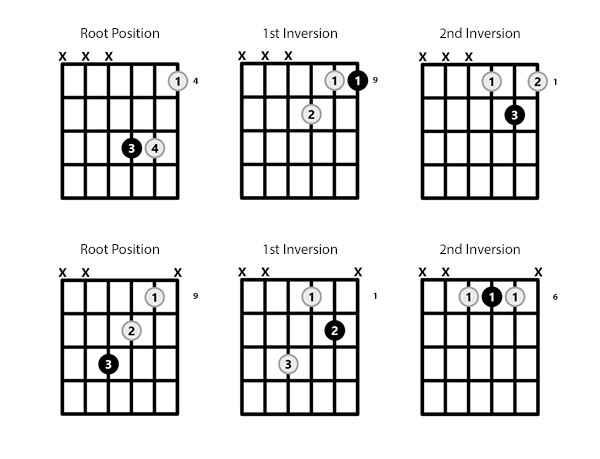 C Sharp Major Triad Guitar
C Sharp Major Triad Guitar
Exploring triads and their inversions expands your harmonic vocabulary and is particularly useful in jazz, fingerstyle guitar, and songwriting.
Keys Where the C# Chord Naturally Occurs
Knowing which musical keys feature the C# Major chord helps you understand its harmonic function and where it will fit in song contexts. You’ll find the C# chord in these keys:
- C# Major: (C#, D#m, E#m, F#, G#, A#m, B#dim)
- G# Major: (G#, A#m, B#m, C#, D#, E#m, Fxdim)
- F# Major: (F#, G#m, A#m, B, C#, D#m, E#dim)
- A# minor (Harmonic and Melodic Minor): (A#m, B#dim, C#, D#m, E#m, F#, G#)
- D# minor (Harmonic and Melodic Minor): (D#m, E#dim, F#, G#m, A#m, B, C#)
Alternative and Uncommon C# Chord Shapes
While the shapes we’ve covered are the most common, there are other less frequently used but still valuable C# Major chord shapes. These alternative shapes can offer unique voicings and may be useful in specific musical situations or transitions. Exploring these expands your fretboard knowledge and creativity.
Chord Substitutions for C# Major
In songwriting and arranging, understanding chord substitutions is a powerful tool. The C# Major chord can often be effectively substituted with related chords to create harmonic interest or variations. Common substitutions for C# include:
- C# sus 4 chord
- C# sus 2 chord
- C# add 9 chord
Conversely, a C# Major chord can sometimes act as a simpler substitute for more complex chords that share C# as the root, such as the C# Major 7 chord or the C#7 chord, although it’s not a substitute for minor chords.
Scales to Play Over the C# Chord
For soloing, improvisation, or melody writing over a C# Major chord, certain scales will harmonize particularly well. The most effective scales include:
- C# Major Scale (Ionian Mode)
- C# Lydian Mode
- C# Mixolydian Mode
Experimenting with these scales will unlock melodic possibilities and help you create compelling solos and musical lines over the C# Major chord.
Further Exploration of Guitar Chords
To deepen your understanding of guitar chords beyond the C#, we encourage you to explore resources that offer a comprehensive view of chord theory and shapes.
 Get Guitar Chords Galore eBook
Get Guitar Chords Galore eBook
By mastering the C
